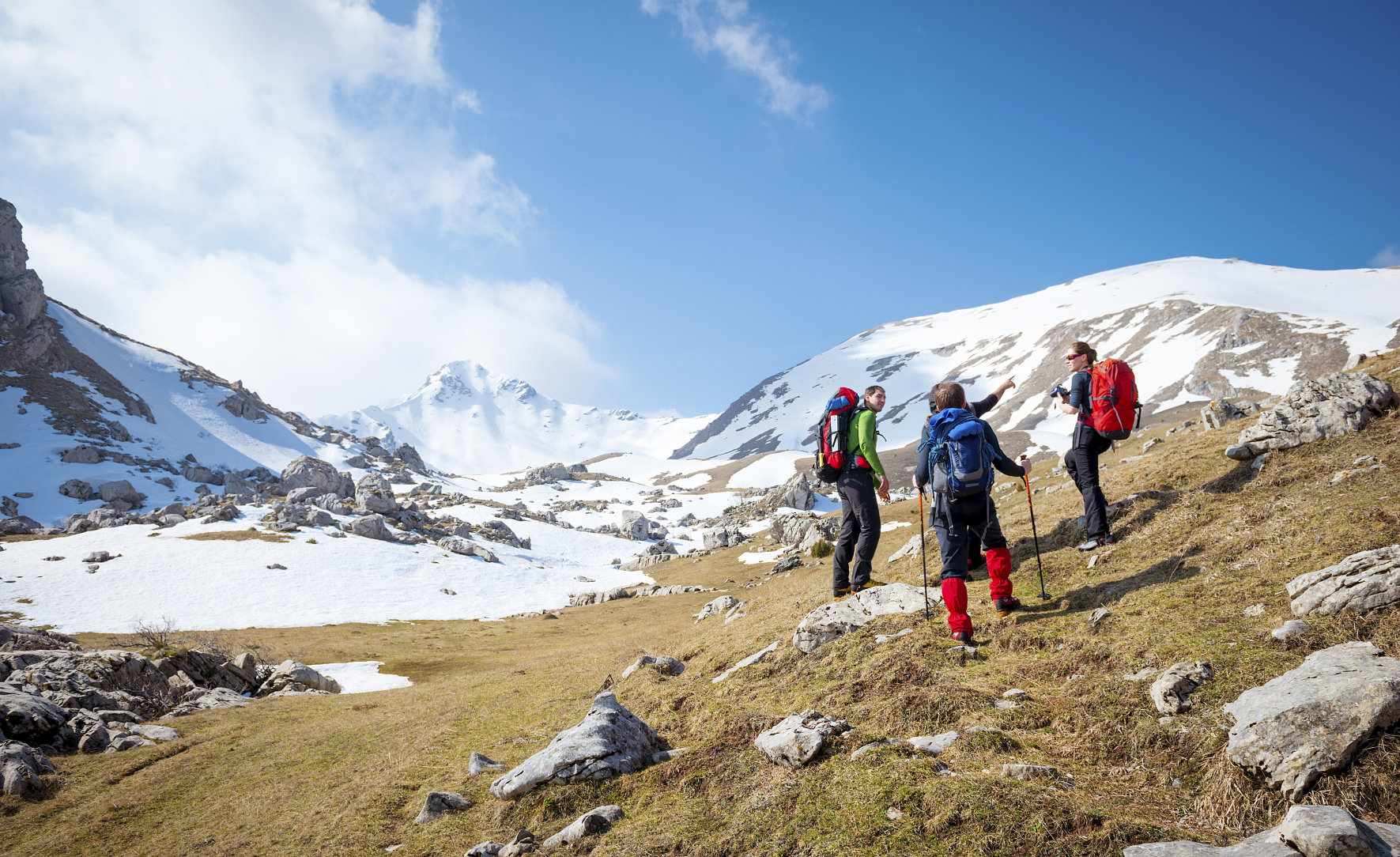
I invite you to imagine a dragon who lives at the top of the world, sleeping. He has been there for as long as people can remember, benignly omnipresent, thanks to a ritual that the people undergo in order to keep them safe, to keep the dragon under the spell cast at the dawning of time.
Like the Lilliput people (from Gulliver’s Travels) they developed something of a morbid fascination for this beast, borne out of an instinct that keeps them on their guard against such a threat. But unlike the Lilliputians, they cannot bargain with the dragon for assurances of good behavior. The sense of responsibility for protecting themselves against the dragon’s awakening has been passed on through the generations, and collectively the people endeavor to avoid any activities that could disturb him.
In this world the dragon callers warn of his eventual arousal, caused – by accident or design – it is said, by the breaking of the spell. They warn of the fate of those who forget, or pay no heed, to their responsibility to keep the dragon from waking. Soon enough, after centuries of telling their cautionary tales, the dragon callers become shunned by the people, cast out of society’s central fabric, and forced to live in the forest fringes.
The people go about their business as usual, but slowly, gradually the stories of how to keep the dragon asleep fade from their memories. They are still conscious of the dragon but cannot quite recall what it is they have to do to keep him asleep. They forget to participate in the ritual, they forget why the spell is important, they forget that they are in control of whether the dragon is asleep or is awake.
Until one day a dragon caller returns from the forest fringe to warn them one last time. Beware, for the spell is broken. Protect yourselves as best you can…
The people do not understand how important such a warning is. The dragon has been asleep forever, so why would he wake up now?
They all congregate around the great hulk of the beast in awe and fear of what could befall them, unable to move, rooted to the spot, searching for signs that the caller was telling the truth. And then, the sharp, collective intake of breath. The feeling hits them all square on, as one by one the awful realization dawns on them.
The sleeping dragon opens an eye. He is asleep no longer.
For years, this image had lain dormant in my mind until, that is, I read about a mysterious crater that was spotted earlier this month in the frozen Yamal peninsula in Siberia. Russian – and now global – scientists suspect that this phenomena has been caused by thawing permafrost in the region.
The permafrost was largely an enigma to me until I attended a training weekend that the newly formed UK Youth Climate Coalition organized for the first UK Youth Delegation to the UN Climate negotiations, ahead of the Poznan COP 14 (in 2008). We all underwent a three-day intensive crash-course in UN climate policy, intergovernmental relations, and campaign training. I learnt about parts per million CO2 equivalents; I swotted up on the policy positions of countries; I learnt a new language of acronyms.
This was all technically very interesting and stood us in good stead for the months of preparation that lay ahead of us, and ultimately our participation at the COP 14 itself. But it was learning about the Siberian permafrost, about the risk of methane release, about positive feedback loops, that really captured my attention. Emily Lewis-Brown, formerly of WWF-UK, likened this phenomenon to the waking of a sleeping dragon, and that image has stuck with me as vividly as I describe it at the start of this article.
Which is why, when I first read of the ‘mysterious crater’ I was instantly transported back to that training weekend and I felt my legs turn to jelly at the prospect of the most potent greenhouse gas hitting our atmosphere. Forget CO2, CH4 is the one to worry about, being 23 – 30 times more potent; and as we learn that ominous bubbles are being released from the ocean sea floor as well we ought to all realize what it is we are dealing with.
When we turn our attention to the devastatingly and tragically aptly named ‘end of the world’ and look into that crater we must see it for what it is: the open eye of the once sleeping dragon.







